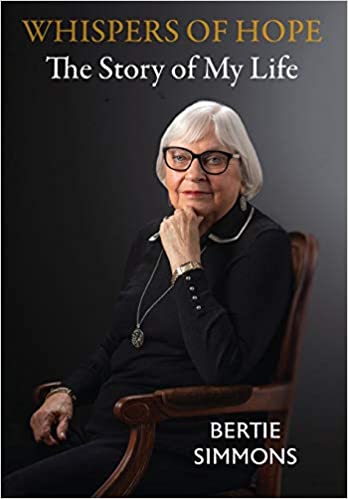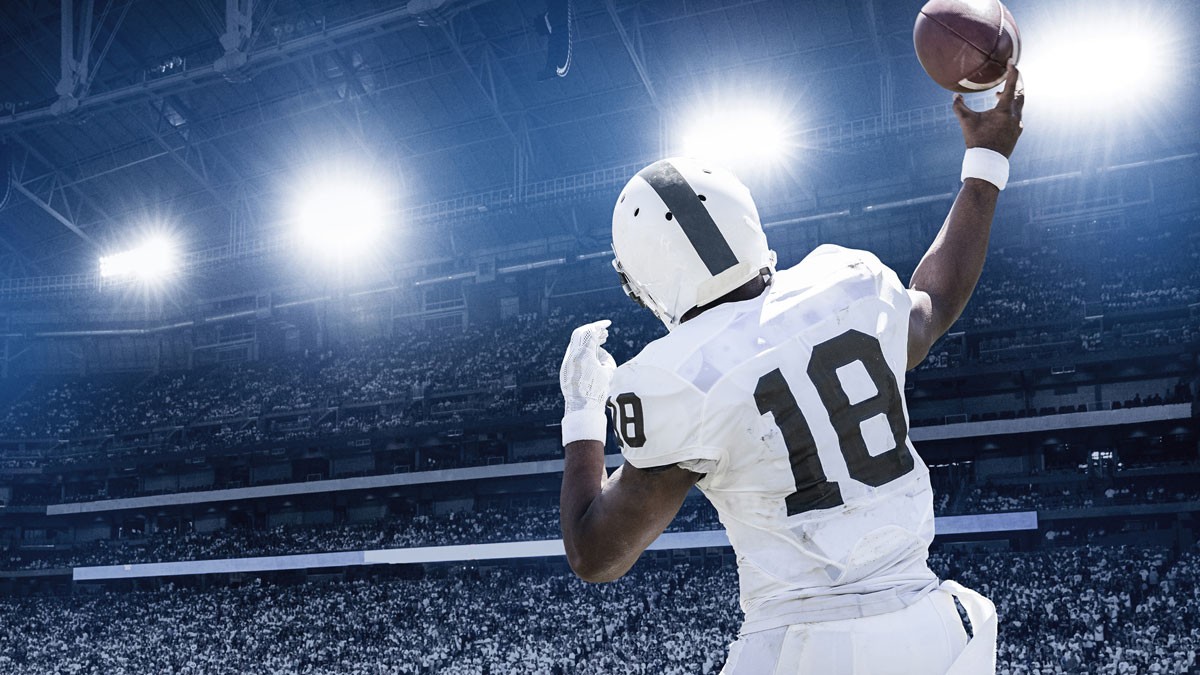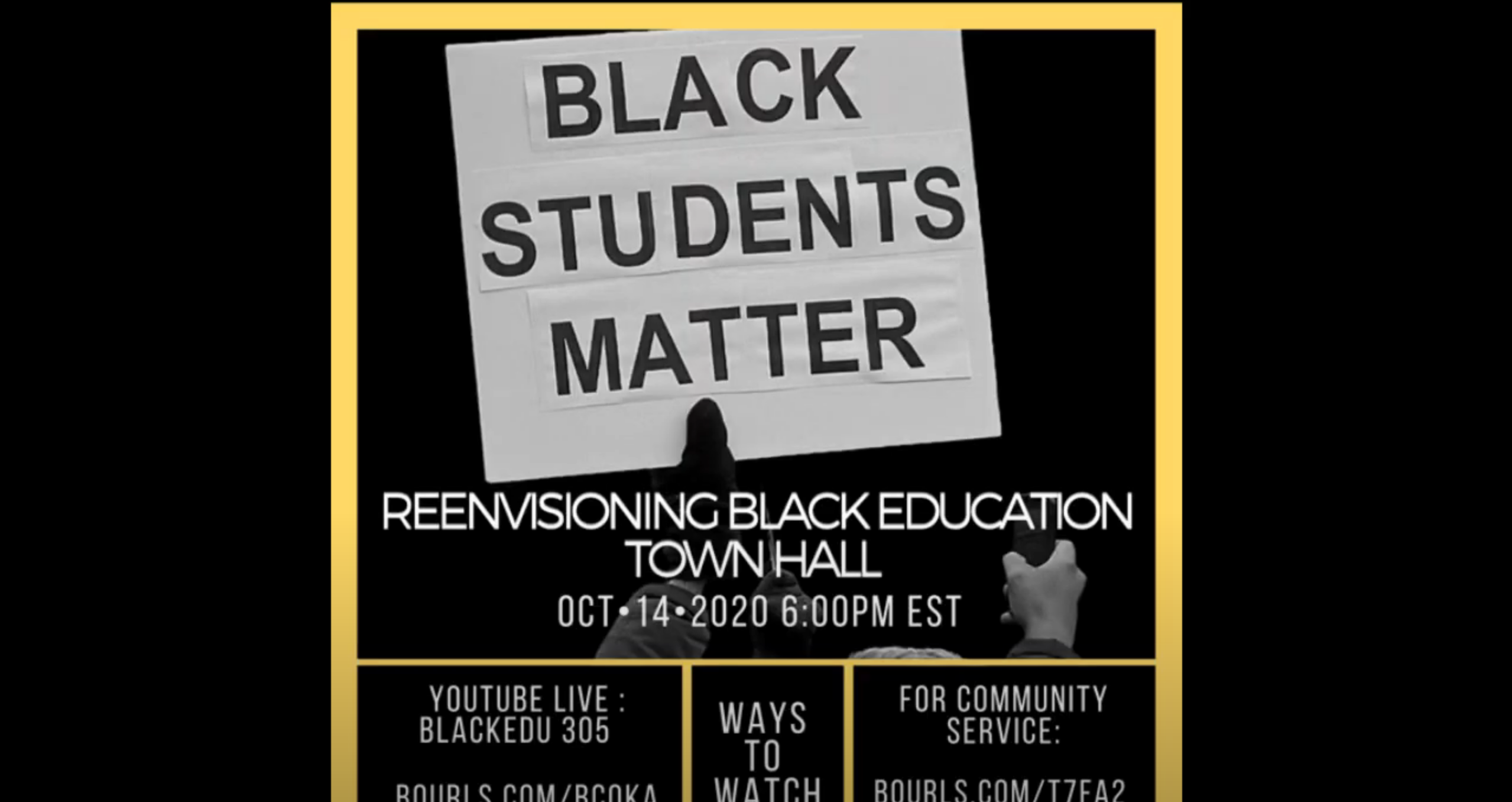I am an 86-year-old author and retired educator. This does not necessarily make me an expert on football. However, my grandson, Austin Fendley, a recent graduate from the University of Texas and an avid football fan, knows as much about the subject as many coaches and sports commentators. Also, he and I are “two peas in a pod” about racism. We have watched with interest as more and more blacks have been named as starting quarterbacks on the national football scene. Capitalizing on our strengths, we decided to co-author this article.
Since the earliest days of professional and college football, the number of black players has increased exponentially. However, the ratio of black players and black quarterbacks remains disproportional with 67% black players and 17% black quarterbacks. The Canadian Football League was more open to welcoming black players than the leagues in America were. As an example, Warren Moon was not selected in America until he had won five Grey Cup championships in Canada. He became the first black Houston Oilers’ quarterback in 1984, and his success shattered the stereotype that blacks could not succeed as a quarterback. He ushered more successful black quarterbacks into the National Football League in the 1980’s. When Moon first became the Oilers’ quarterback, I remember hearing people say he was not smart enough to function as an NFL-caliber quarterback. I happily watched him prove them wrong.
The number of black quarterbacks in the American professional leagues has grown, and Michael Vick was drafted in 2001, as the first black to be taken with the first overall pick in the NFL draft.
In 2017, longtime quarterback, Eli Manning, was benched and was replaced with Geno Smith who was black. Since the inception of the game, two black quarterbacks and one multiracial led their teams to a Super Bowl victory: Doug Williams in 1988; Russell Wilson in 2014; and Patrick Mahomes in 2020.
America has, in fact, made progress in naming black quarterbacks on the professional fields. Still, many of them have experienced racial issues. For example, Deshaun Watson, the Houston Texans’ quarterback stated that he did not want to be called a dual-threat quarterback because the term is traditionally used to stereotype black quarterbacks. In 2018, racial remarks were made about him after he made a bad decision during a game. A superintendent of a school district outside Houston remarked, that “when you need precision decision making you can’t count on a black quarterback.” Fortunately, that superintendent came under fire and he later resigned.
After reading a story about Deshaun’s upbringing, we were reminded that Deshaun gives credit to his mother who was a single parent of four children and living in the projects. His mother held down a fulltime job and after she got off work, she would spend the next few hours volunteering at a homeless shelter. That made her eligible to be the recipient of a Habitat for Humanity home. In 2011, when Deshaun was in high school, his mother was diagnosed with stage five tongue cancer forcing Deshaun to function as a high school quarterback and as a caretaker raising two of his siblings. Given the history of Deshaun and his mother, and the hardships the family faced, the challenges of being a black quarterback did not seem to be an insurmountable task.
A proven truism over the last two seasons is that we are clearly in the age of black quarterbacks. The remarkable advancement of blacks to master the game’s most important position proves those who thought they lacked the leadership skills and intelligence are wrong. Clear evidence with 10 black quarterbacks starting the first week of the 2020 NFL season reiterates that the new normal is that Black Quarterbacks Matter.

For 61 years Dr. Bertie Simmons, Ed.D. author of Whispers of Hope: The Story of My Life, was a dedicated educator in the Houston Independent School District (HISD). Simmons came out of retirement to serve as principal of Furr High School in 1999. During her more than 17 year tenure, she was instrumental in revitalizing the school and creating transformational opportunities for some of Houston’s most disadvantaged students. Known as a visionary and a change agent who can bring out the best in her students, the high-energy educator maintained that upbeat and infectious attitude to reach and inspire her teachers and students with her passion, knowledge, dedication, and maybe even the occasional rap song or two.T he first of Simmons’ seemingly countless honors came in 1965, when she was named the HISD Teacher of the Year. That distinction was followed by many more, including HEB’s Best High School Principal in Texas award in 2011 and KHOU’s Schools Now Spirit of Texas award. In addition, Furr was one of only three schools in the nation identified for the College Board Inspiration Award in 2011 As evidence of Simmons’ indelible impact on Furr High School, education advocate and philanthropist Laurene Powell Jobs, wife of the late Apple, Inc. CEO Steve Jobs, recognized Furr High School as a recipient of a $10 million grant through the XQ Super School Project. Simmons’ school was one of 10 selected from nearly 700 schools nationwide for “reimagining high school education.”











 Deering Estate
Deering Estate
 Massage Envy South Miami
Massage Envy South Miami
 Calla Blow Dry
Calla Blow Dry
 My Derma Clinic
My Derma Clinic
 Sushi Maki
Sushi Maki
 Sports Grill
Sports Grill
 The Healthy Kitchen
The Healthy Kitchen
 Golden Rule Seafood
Golden Rule Seafood
 Malanga Cuban Café
Malanga Cuban Café

 Kathleen Ballard
Kathleen Ballard
 Panter, Panter & Sampedro
Panter, Panter & Sampedro
 Vintage Liquors
Vintage Liquors
 The Dog from Ipanema
The Dog from Ipanema
 Rubinstein Family Chiropractic
Rubinstein Family Chiropractic
 Your Pet’s Best
Your Pet’s Best
 Indigo Republic
Indigo Republic




 ATR Luxury Homes
ATR Luxury Homes


 2112 Design Studio
2112 Design Studio
 Hamilton Fox & Company
Hamilton Fox & Company
 Creative Design Services
Creative Design Services
 Best Pest Professionals
Best Pest Professionals
 HD Tree Services
HD Tree Services
 Trinity Air Conditioning Company
Trinity Air Conditioning Company
 Cisca Construction & Development
Cisca Construction & Development
 Mosquito Joe
Mosquito Joe
 Cutler Bay Solar Solutions
Cutler Bay Solar Solutions


 Miami Royal Ballet & Dance
Miami Royal Ballet & Dance
 Christopher Columbus
Christopher Columbus
 Pineview Preschools
Pineview Preschools
 Westminster
Westminster
 Carrollton
Carrollton
 Lil’ Jungle
Lil’ Jungle
 Frost Science Museum
Frost Science Museum
 Palmer Trinity School
Palmer Trinity School
 South Florida Music
South Florida Music
 Pinecrest Orthodontics
Pinecrest Orthodontics
 Dr. Bob Pediatric Dentist
Dr. Bob Pediatric Dentist
 d.pediatrics
d.pediatrics
 South Miami Women’s Health
South Miami Women’s Health

 The Spot Barbershop
The Spot Barbershop
 My Derma Clinic
My Derma Clinic




 Miami Dance Project
Miami Dance Project

 Rubinstein Family Chiropractic
Rubinstein Family Chiropractic
 Indigo Republic
Indigo Republic

 Safes Universe
Safes Universe
 Vintage Liquors
Vintage Liquors
 Evenings Delight
Evenings Delight





 Atchana’s Homegrown Thai
Atchana’s Homegrown Thai
 Baptist Health South Florida
Baptist Health South Florida

 Laser Eye Center of Miami
Laser Eye Center of Miami
 Visiting Angels
Visiting Angels
 OpusCare of South Florida
OpusCare of South Florida

 Your Pet’s Best
Your Pet’s Best





 HD Tree Services
HD Tree Services
 Hamilton Fox & Company
Hamilton Fox & Company


 Creative Design Services
Creative Design Services